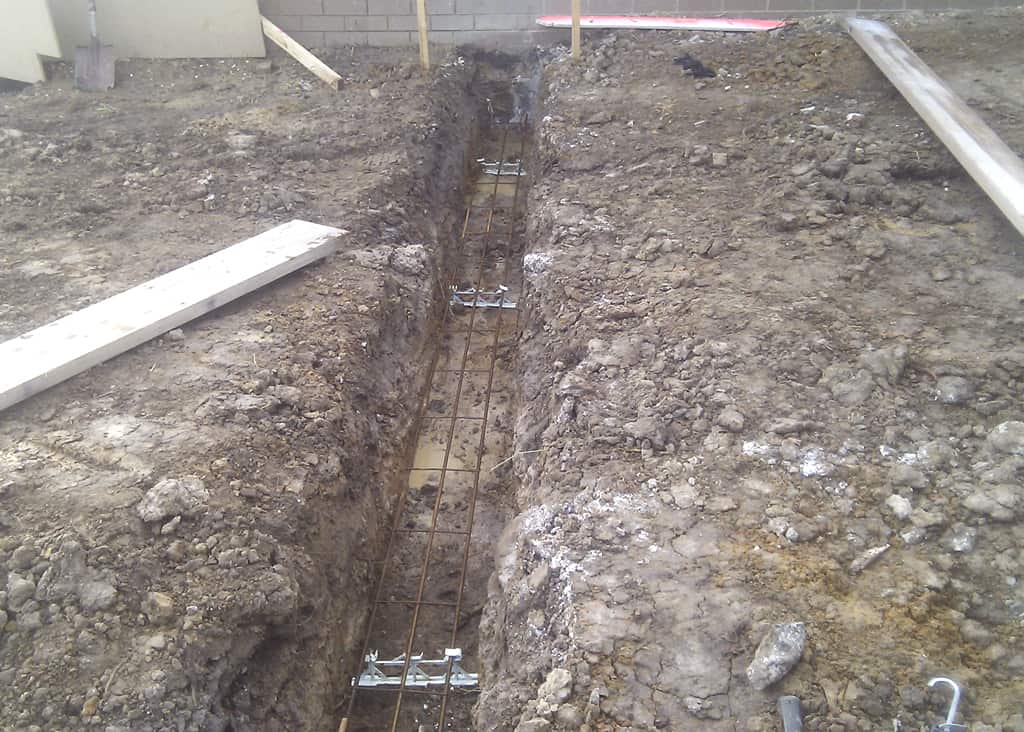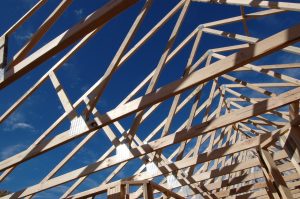Home Extension – Foundations and Soil
Following on from part 3 of this series which looked at ‘Choosing a Builder‘ we are now in to the nitty gritty of making sure everything is good and ready to build your extension. Part 4 takes a look at structural and foundation considerations.
By law, before you sign a contract to hire a building practitioner they must provide you with what is known as foundation data. A builder cannot give you an accurate price without knowing what kind of foundations they are going to build your extension on. Alternatively, you can arrange to obtain the foundation data yourself by hiring a designer/ architect or a geotechnical engineer (also known as a ‘geotech’ or ‘mud doctor’ in the business); but regardless of how you obtain it, it is a legal requirement to have it.
So what is foundation data? The principle concern in foundation data is the behaviour characteristics and properties of the soil. It is crucial to know the exact depth of your footings and the class of soil that you will be building on before construction begins. A soil test will provide you with this information.
Soil testing requires a number of soil samples to be excavated and tested before construction can begin. The soil reactivity is tested; this is primarily about how much the soil is likely to move, expand or contract as a result of moisture. Also, the soil is tested for any erroneous chemical or physical conditions which could have a negative impact on the structure of your new extension. A structural engineer requires the soil report so he can design the proposed footings accordingly; the test provides information relating to the capacity to support a buildings load.
The foundation data may also contain reports on any structural obstructions such as trees and rock. You should not have to pay extra to deal with problems e.g. excavating rock, which the builder should have identified from the foundation data.
There is, however, still a possibility of things turning up under the ground that a couple of bore holes might not have picked up; things like septic tanks, old water tank bases, footings of no longer existing structures and even old buried equipment.
For those wanting to build in Victoria in Australia, the Domestic Building Contracts Act 1995 Section 30 states:
(7) After entering into a major domestic building contract, a builder cannot seek from the building owner an amount of money not already provided for in the contract if the additional amount could reasonably have been ascertained had the builder obtained all the foundations data required by this section.
(8) Nothing in this section prevents a builder from exercising any right given by this Act to the builder to claim an amount of money not already provided for in the contract if the need for the additional amount could not reasonably have been ascertained from the foundations data required by this section.
Check out your local laws to see where you stand.
So to summarise, ensure that you obtain foundation data from your builder or a source independent of your builder before you negotiate a contract price. Not only will this save any potential extra cost during the building of your extension, it is the law.
The final part of this series looks at how to get a head start in your project with obtaining planning permissions and permits.




